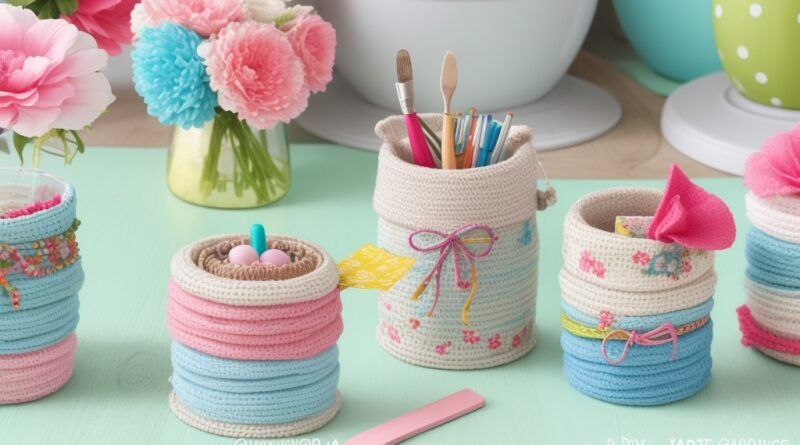
Blog
Forecast Your Life Journey: How the Stars Align with Your Destiny
Unlock a cosmic roadmap of your life! Discover how your zodiac sign, birth chart, and planetary movements shape your unique path—from love and career to personal growth. The stars hold answers; are you ready to listen?












Final Cosmic Advice for April 3, 2025:
The Virgo Moon reminds us that progress comes from patience and precision. Whether you’re taking bold steps (Aries, Leo) or seeking emotional depth (Cancer, Pisces), trust that the universe supports your journey. Today’s mantra: “Small steps lead to big transformations.”
Stay tuned for more daily horoscope updates, and may the stars guide you wisely! ✨
